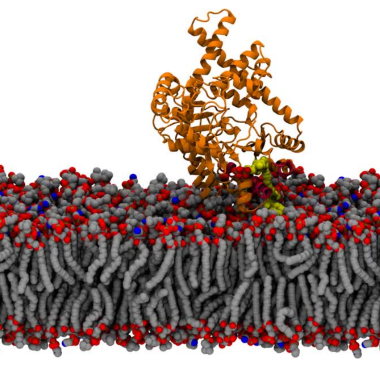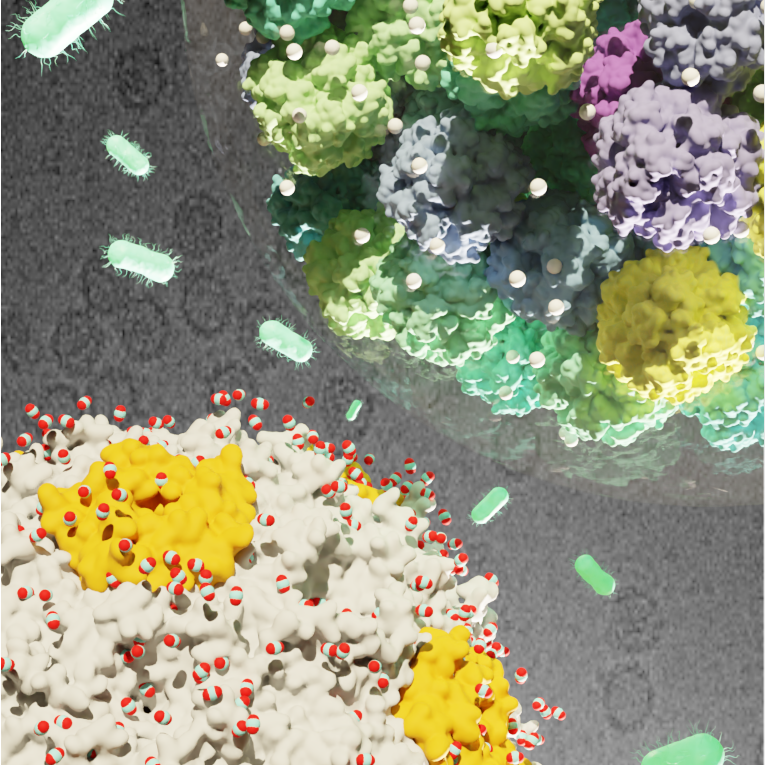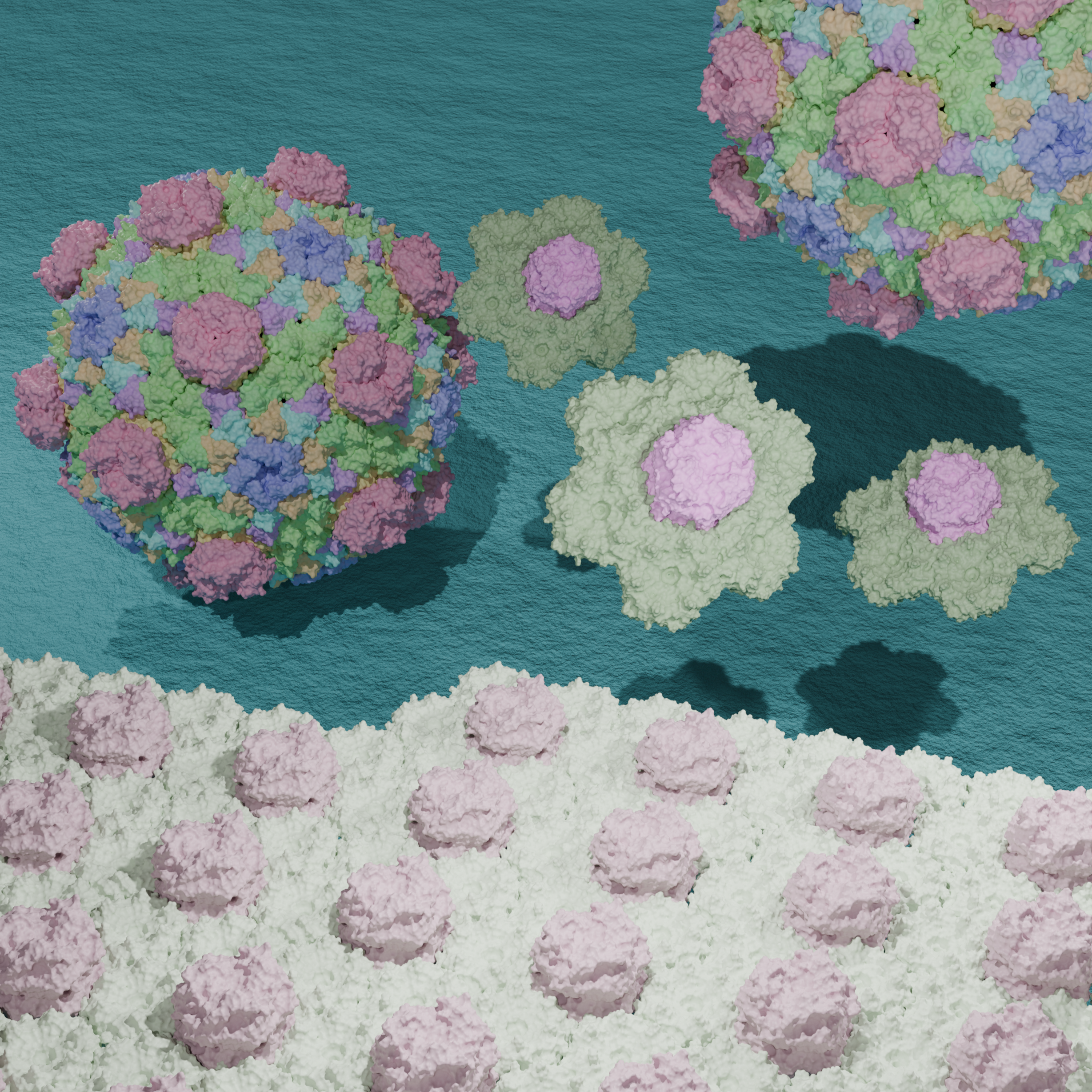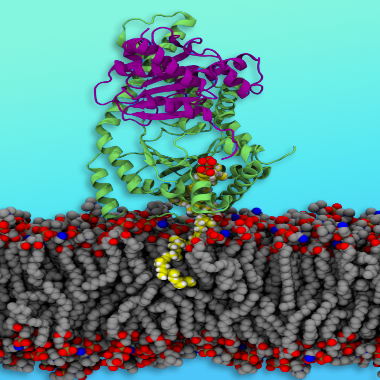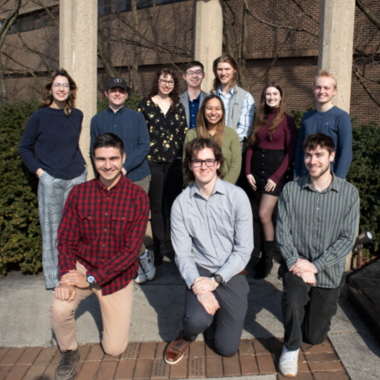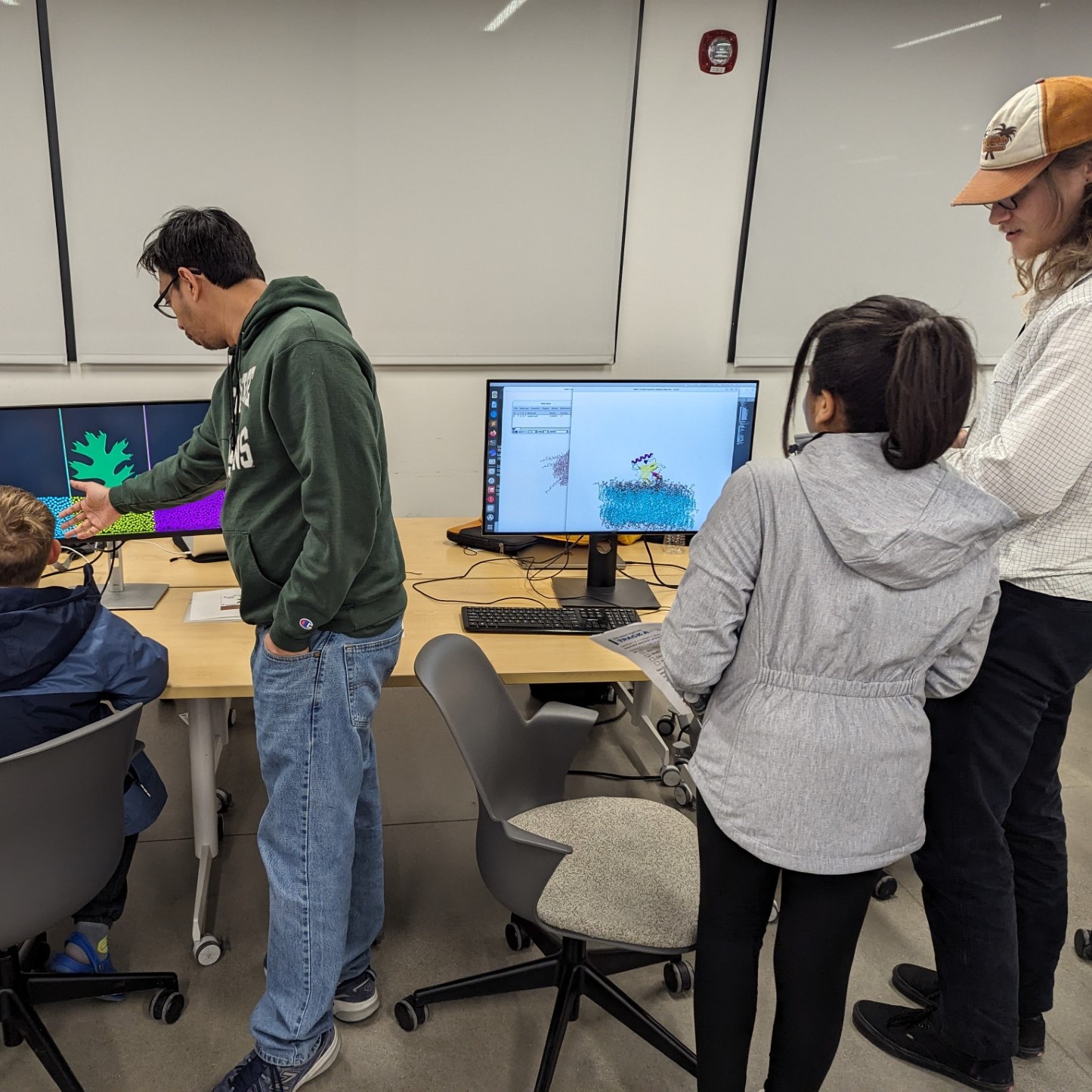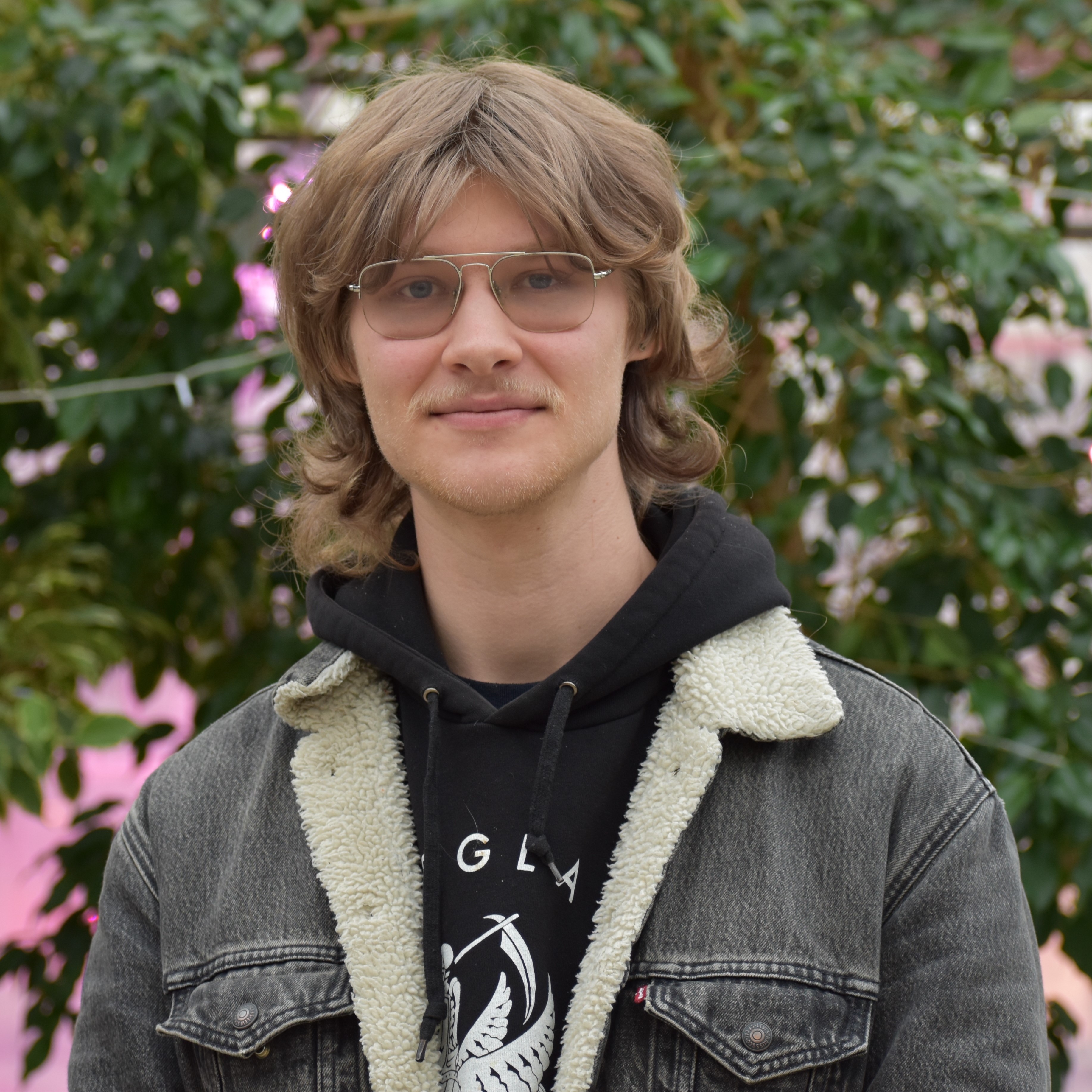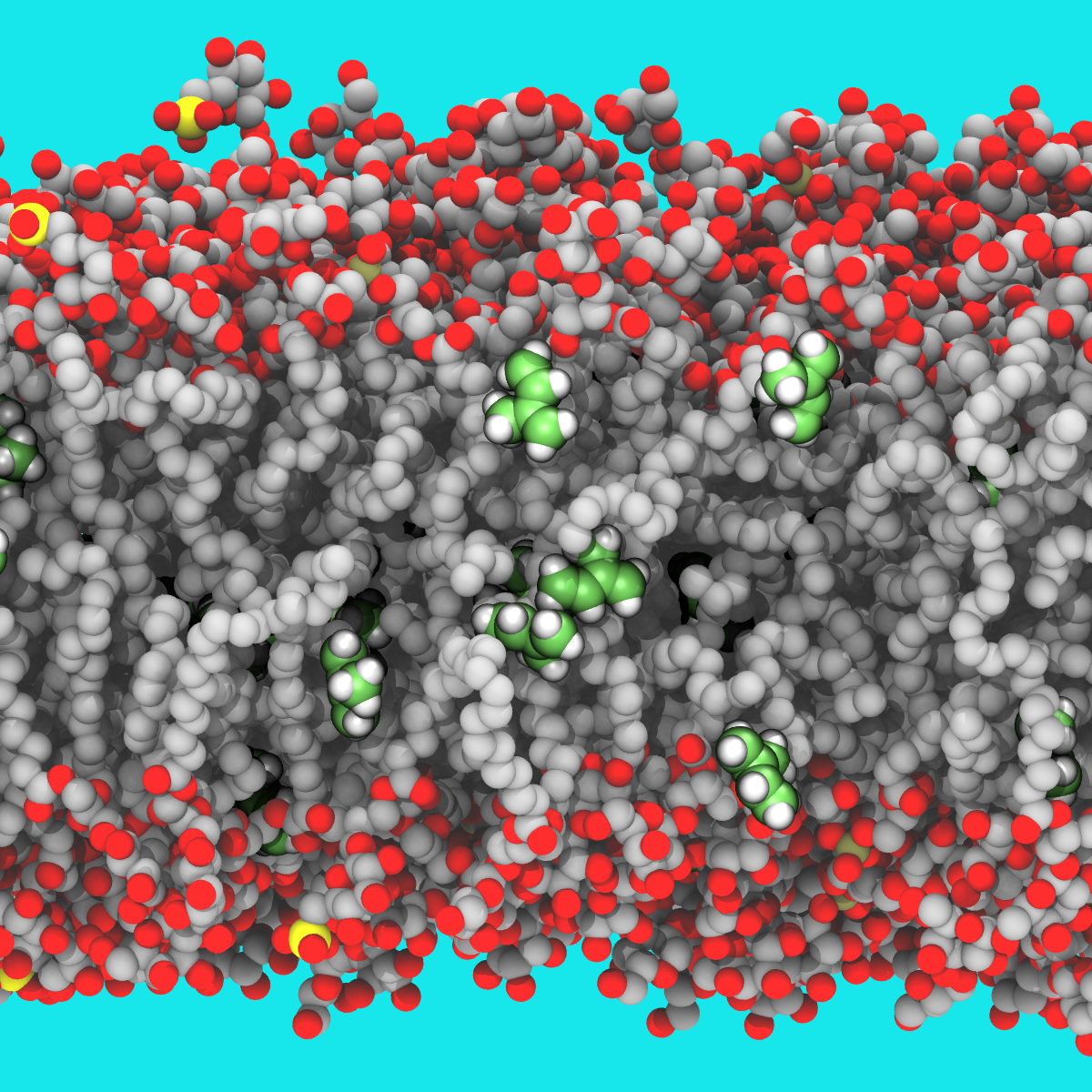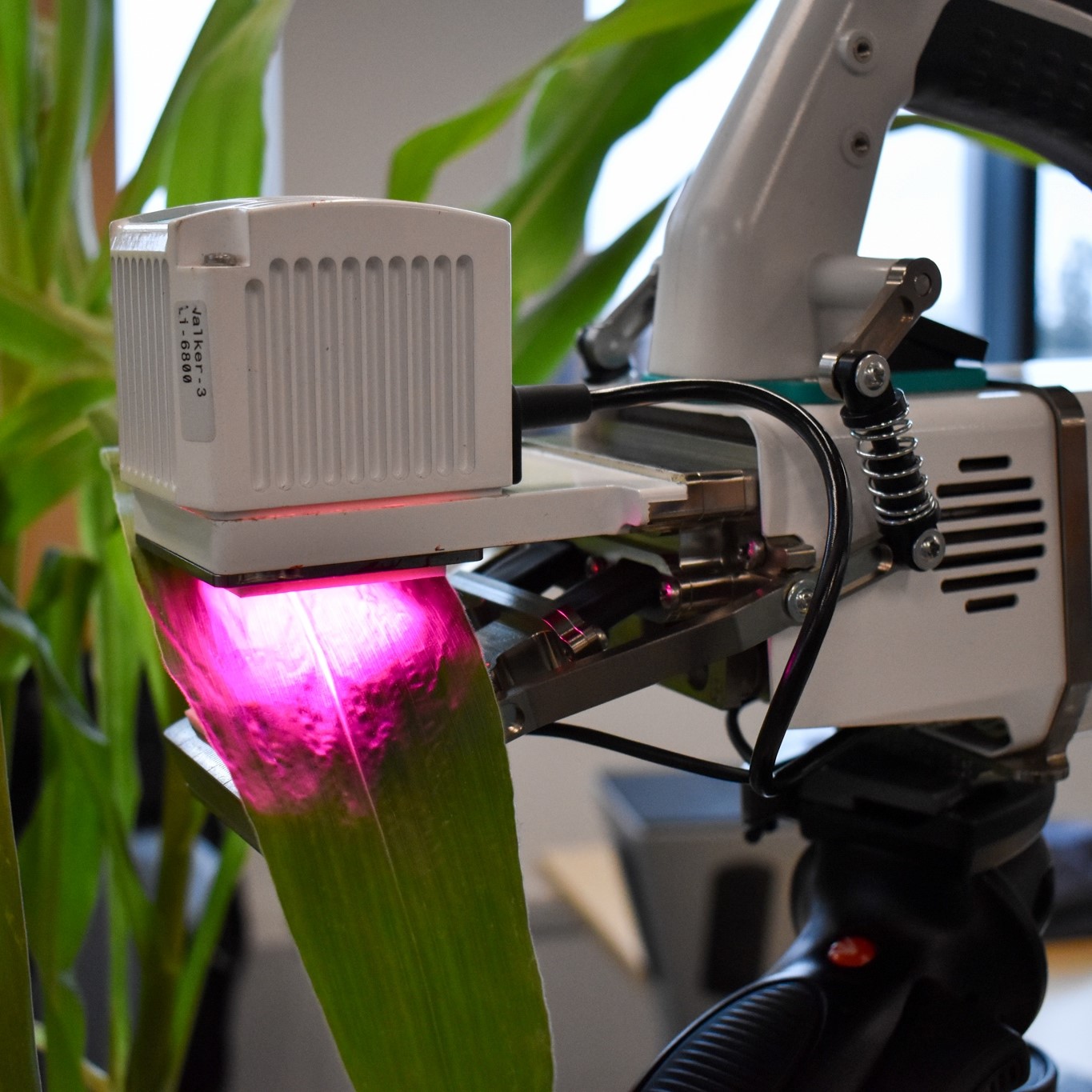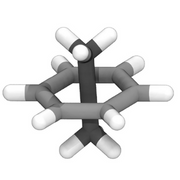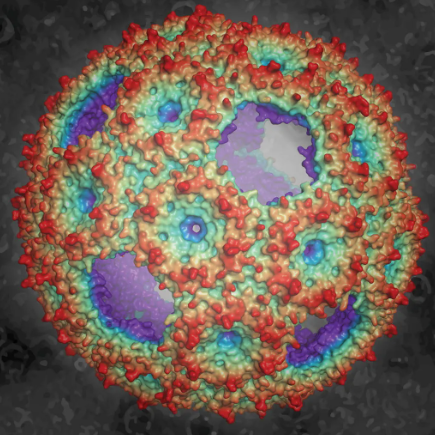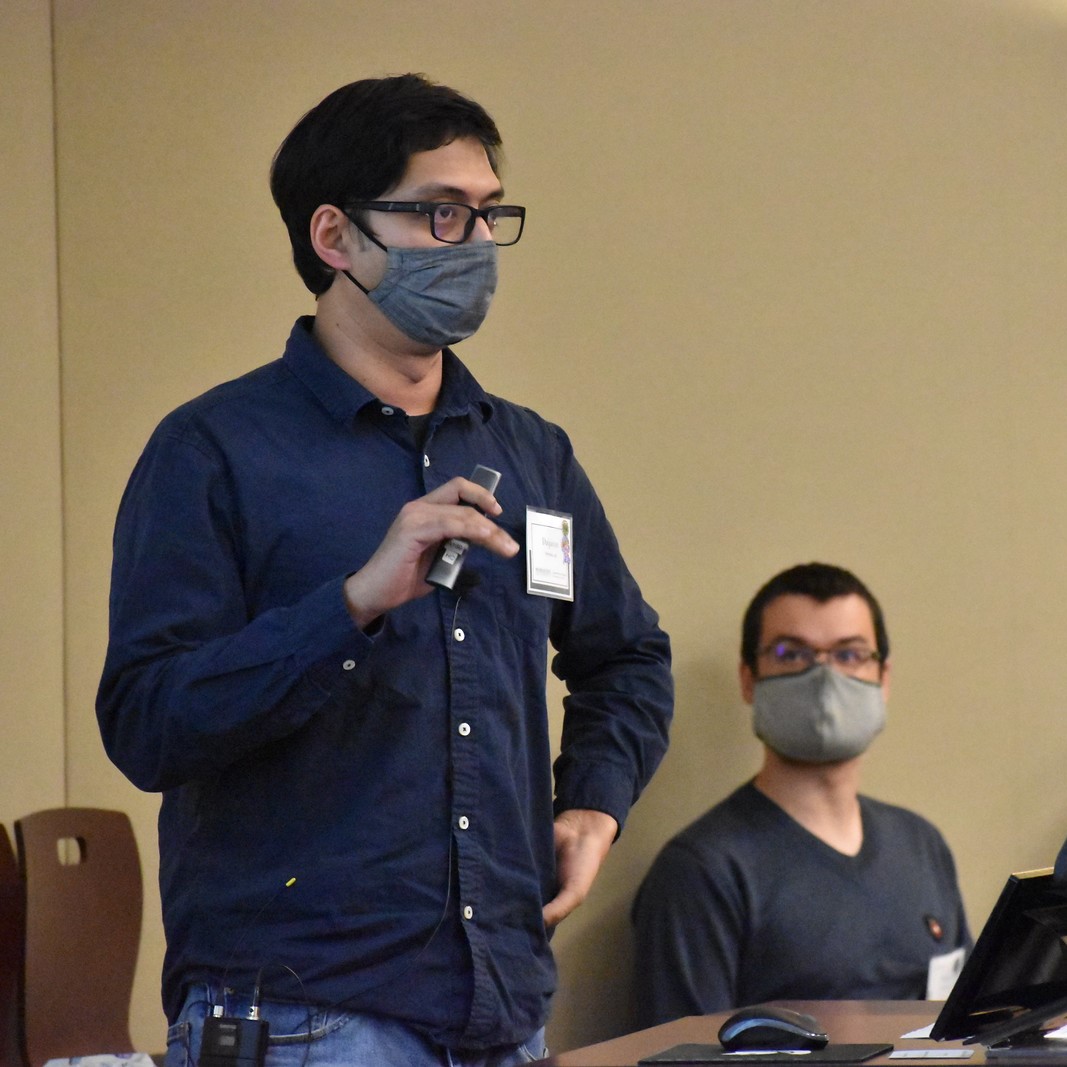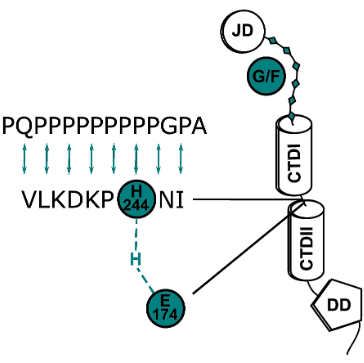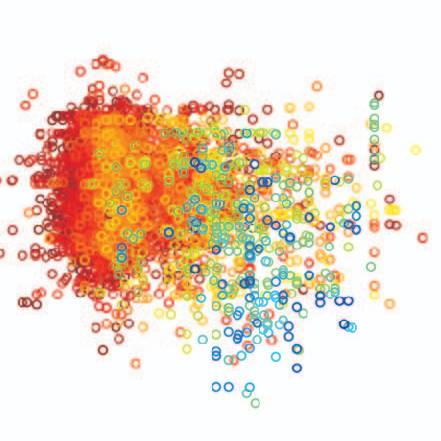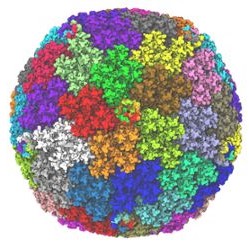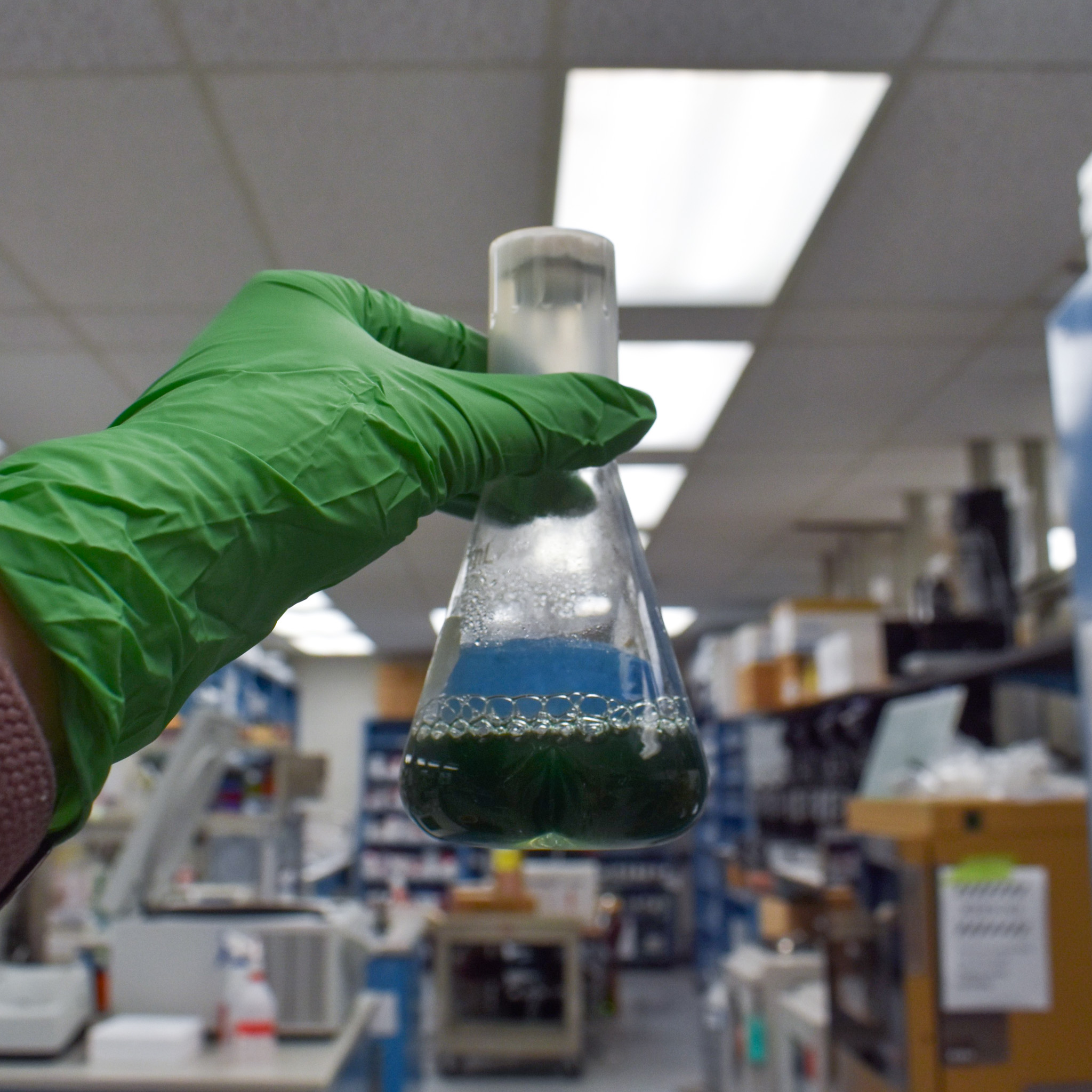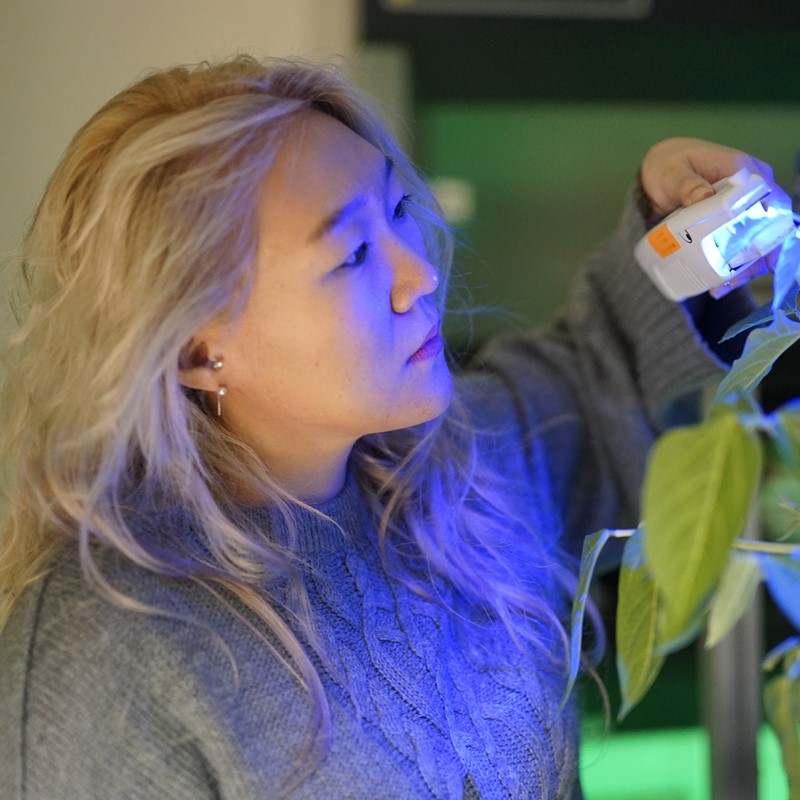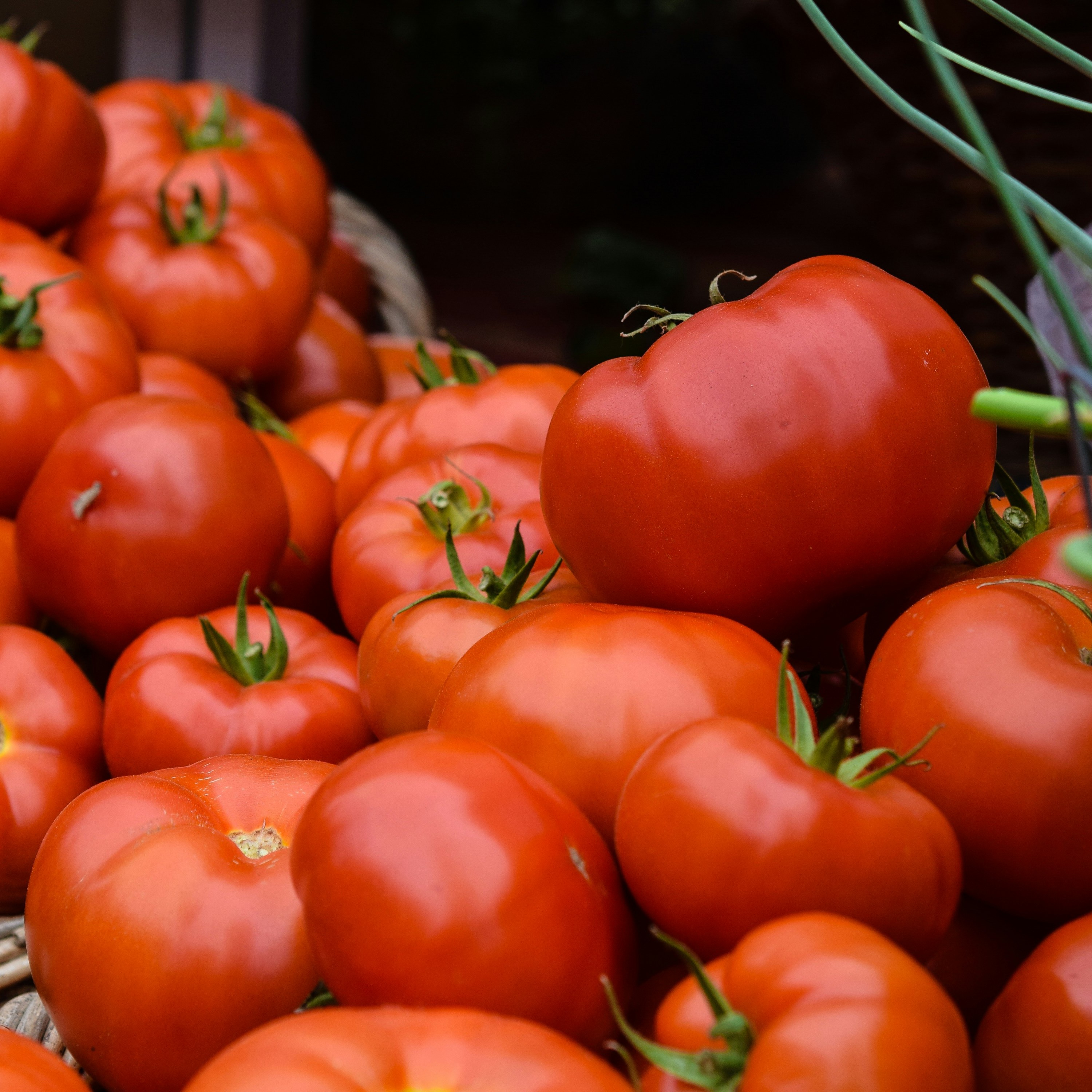News
June 12, 2025
If a protein faces the wrong way, it could lead to eye and neurological diseases
March 24, 2025
Sarkar will be working as a staff scientist at the National Institute of Diabetes and Digestive and Kidney Disease.
January 15, 2025
Computer scientist Mansi Sakarvadia and computational structural biologist Josh Vermaas talk about the 2024 Nobel Prizes and what they mean for science.
November 1, 2024
Using molecular dynamics, researchers disprove a long-held view on the permeability of carboxysome shells, revealing a new path for both carbon dioxide and research in photosynthesis.
August 19, 2024
The organelle can arrange itself in a sheet or a shell — but that doesn’t change how it operates
July 1, 2024
Award will support the Vermaas lab’s work in drug discovery through molecular dynamics research in plants.
May 7, 2024
A group of graduate and undergraduate students participated in the 2024 EnergyTech University Prize, making it to the regionals portion of the competition. The contest is organized by the U.S. Department of Energy Office of Technology Transitions and challenges students to create and present a business plan in the energy sector.
April 10, 2024
Using molecular dynamics, researchers from the Kramer and Vermaas labs showed how electrons move through a crystal, jumping from heme to heme. The researchers found that the rate at which the electrons jump from one heme to another highly depended on the temperature of the crystal.
March 28, 2024
Researchers from the PRL Vermaas lab participated in Girls' Math and Science Day, an event designed to encourage young girls to pursue scientific interests.
November 30, 2023
For a small field like computational biology, joining an international workshop is a once in a lifetime opportunity to learn from, collaborate with and talk to professionals and students from around the world. This is how Duncan Boren of the Vermaas Lab felt when he learned about the CompBioAsia program.
October 25, 2023
The movement of electrons across wires is what allows us to use electricity every day. Biological nanowires, microscopic wires made of proteins, have caught researchers’ attention for their ability to carry electrons over long distances. In a recent study published in Small by the Vermaas lab at the PRL, researchers expand our understanding of biological nanowires through the use of computer simulations.
June 28, 2023
Environmental factors like temperature play a large role in how well a plant will grow and if it reaches its full potential. Using computer simulations, two lab groups at the MSU-DOE Plant Research Laboratory teamed up to investigate how isoprene levels and temperature affect the thylakoid membrane of plants at the nanoscale.
April 10, 2023
Three groups from the MSU-DOE Plant Research Laboratory participated in the 2023 MSU Science Festival. The Community Building and Outreach Committee, the Vermaas lab and the Sharkey lab volunteered to bring PRL science to the public at the university’s annual festival.
January 18, 2023
Researchers from the Vermaas lab created a more efficient tool to solve the problem of ring piercings in molecular simulations. This work is published in Biomolecules.
December 15, 2022
With nearly $11M from DOE, MSU is leading a collaboration to usher the US into new frontiers of clean energy with inspiration from microbes.
November 22, 2022
Daipayan Sarkar is a postdoctoral researcher from the Vermaas lab, where his research focus is on fundamental aspects of photosynthesis and its widespread application in sustainability research.
August 10, 2022
New research from the Vermaas lab with the objective to determine how molecular chaperones may regulate amyloid fibril formation, potentially by interacting with the N17 or PRD regions within HTTExon1.
April 25, 2022
IMPACTS - Integrated training Model in Plant And Compu-Tational Sciences – is a program funded by the National Science Foundation designed to train doctoral students in advanced computational/data science approaches that can be applied to the field of plant biology. The program provides mentorship and funding to the students selected.
April 22, 2022
The annual forum provides students with an opportunity to showcase their scholarship and creative activity. Held each spring, the University Undergraduate Research and Arts Forum (UURAF) brings together an intellectual community of highly motivated students to share their work with faculty, staff, peers and external audiences and receive constructive feedback from judges.
March 7, 2022
Integrating single particle cryo-electron microscopy (EM) and molecular dynamics (MD) has made a paradigm shift to the field of structural biology in order to determine both structure and function of biomolecules.
December 7, 2021
An international team of scientists, including Michigan State University researchers, believe they may have found a molecular mechanism behind the extremely rare blood clots linked to adenovirus COVID-19 vaccines.
September 14, 2021
Two undergraduate students from Dr. Josh Vermaas’s lab have been awarded funding for their computational research this fall.
January 15, 2021
Josh Vermaas, the newest addition to the MSU-DOE Plant Research Laboratory faculty body, has begun his assistant professorship this month. Josh is a computational biophysicist whose research interests include developing computational models to better understand membrane processes and plant materials.
August 11, 2020
Josh Vermaas will join Michigan State University on Jan. 1, 2021, as an assistant professor in the field of computational science. He will share his position between the MSU-DOE Plant Research Laboratory (PRL) and the Department of Biochemistry and Molecular Biology (BMB) in the College of Natural Science.
